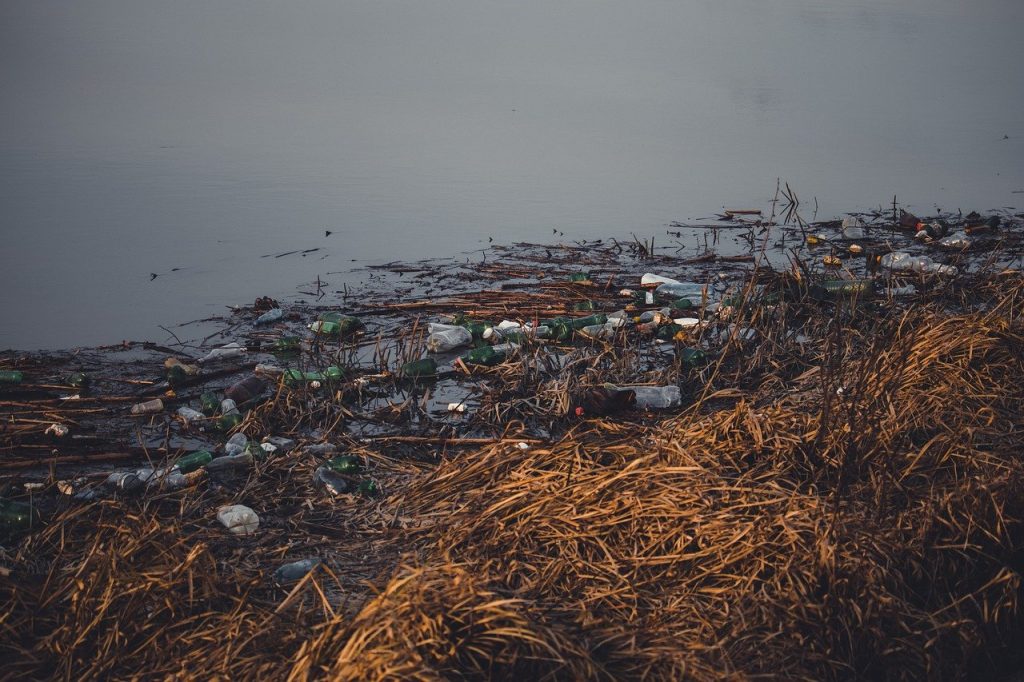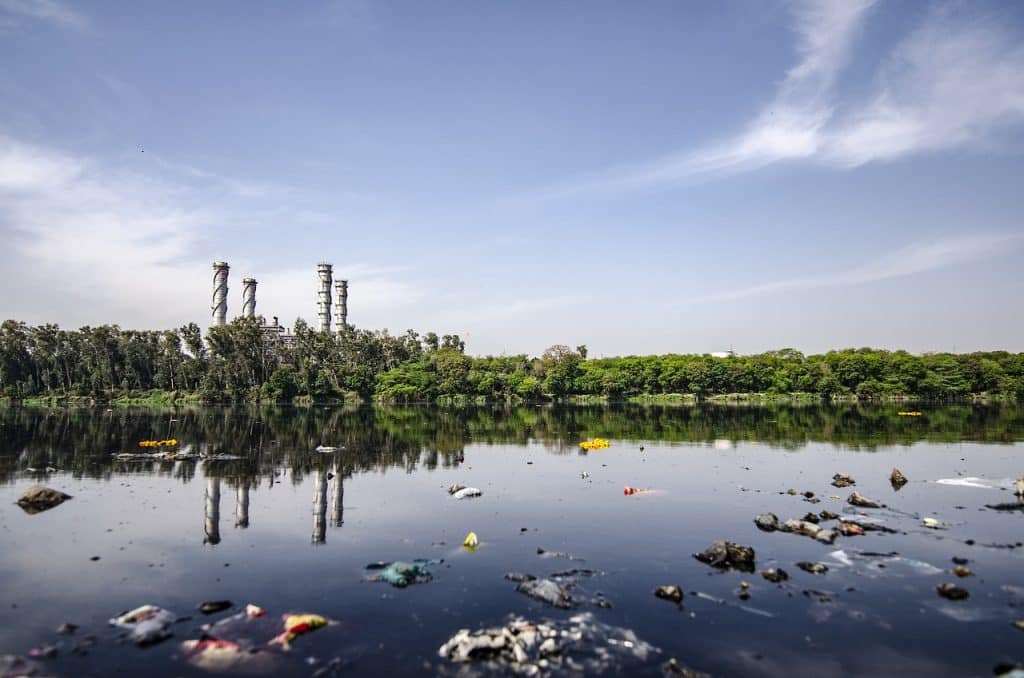Swimming Hindrances in the Environment
In 2015, the Philippines ranked third among countries worldwide for the highest volume of plastic waste dumped into the oceans, largely due to a lack of awareness among Filipinos.
Data revealed that each Filipino disposed of 208 kilograms of plastic every year, based on observations by scientists in 2015. In the same year, 400 million tons of plastic were produced worldwide, enough to submerge the entire Philippines by up to two floors.
Romeo Dizon, a barangay captain in Pampanga, shared that the trash disposed of in their community is paid for in order to help reduce plastic waste. This initiative has been adopted by other barangays in the area, with some transforming the trash they collect into urban gardens.

Swimming in polluted waters can expose individuals to a variety of health risks, particularly from harmful pathogens. Pollutants such as untreated sewage or runoff from agriculture can introduce bacteria, viruses, and parasites into the water. Swimmers who ingest contaminated water or have cuts and abrasions on their skin may experience gastrointestinal problems, skin rashes, ear infections, or more severe conditions like cholera or hepatitis.
The risk is higher in areas where water treatment is insufficient or during warm weather, which can encourage the growth of these pathogens.
Chemical pollutants, such as heavy metals, pesticides, and industrial waste, also pose serious threats to swimmers. These toxic substances can be absorbed through the skin, inhaled, or swallowed, leading to potential long-term health effects.
Prolonged exposure to chemicals like mercury, lead, and persistent organic pollutants (POPs) may contribute to neurological damage, cancers, or hormone disruption. Even small, repeated exposures can accumulate in the body, causing chronic health issues, particularly in vulnerable groups like children and pregnant women.
Beyond individual health risks, swimming in polluted waters also harms the environment. Chemical pollutants can disrupt aquatic ecosystems by harming fish, plants, and other organisms. For instance, toxins can cause oxygen depletion in the water, killing marine life and damaging habitats.
Additionally, swimmers can unwittingly spread contaminants further by disturbing the sediment or inadvertently transferring pollutants to other areas. The combination of personal health risks and environmental degradation underscores the importance of maintaining clean and safe water bodies for recreation and ecosystem health.

Soldier in Civvies
The rising level of waste, particularly plastic, has become an unbearable situation for many Filipinos. One such individual is Celso Lee, a “plastic battle artist.”
He explained that his tools and outfits are made entirely of plastic, including clothing made from cans, bottles, and single-use plastics such as straws and shopping bags.
April Balahon also took small yet meaningful steps to reduce plastic use. She started by using disposable diapers for her baby and, when shopping, chooses reusable plastic items or those made from reusable materials.
The Fault of One, the Fault of All
Waste from estuaries that flows into the Pasig River eventually ends up in Manila Bay. Pollution caused by garbage is one of the reasons why Manila Bay is now the last remaining mangrove forest in all of Metro Manila.
Locals point out that much of this waste comes from factories and companies that manufacture plastic products. In response, the Manila government has proposed a solution: these companies should be held responsible for finding alternatives, such as using biodegradable plastics for their products.
Unity and Being One
The solution to the garbage problem starts at home and within the community, as these areas account for 50% of the waste we dispose of.
It is the responsibility of every individual to cooperate in reducing plastic use, which is harmful to our environment and health. A single piece of plastic floating on the shore becomes a significant inconvenience to society.
While plastic makes our lives more convenient, it can also hasten the end of our existence if not handled properly. Proper waste disposal, reducing plastic usage, or avoiding its use altogether is a significant contribution to restoring the vitality of our mother nature.

